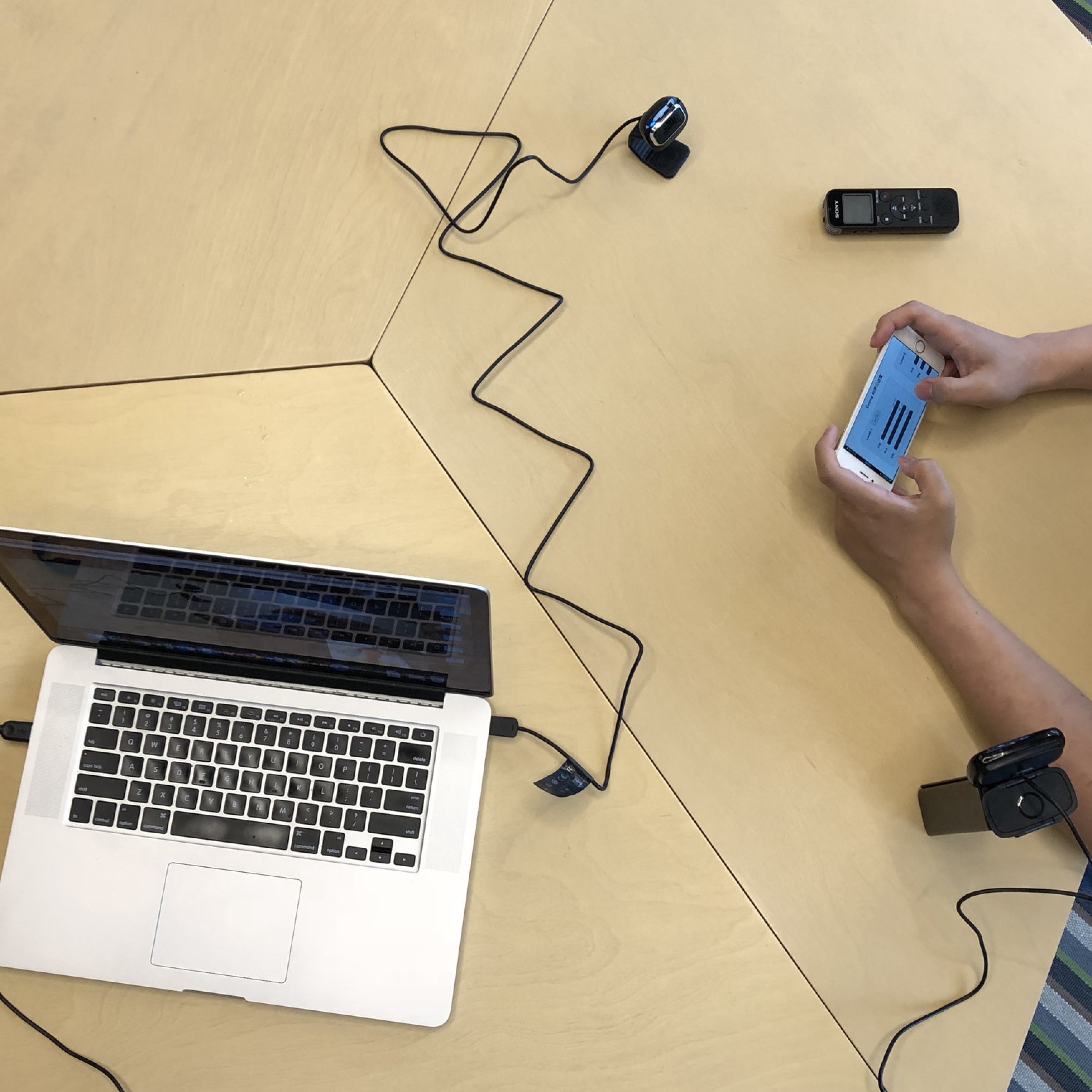A diary study is a design research method in which participants log their daily life, experiences and thoughts about using products over time, and researchers then analyze this data to uncover users' needs and pain points. The most significant difference between diary studies and other research methods is that design teams can continuously collect user data in the real world, which has a lot of advantages.
- Understand how users behave without influencing them. For example, if we conduct a field study to learn how participants use a sleep aid product, we can't expect them to behave naturally. Diary studies allows us to understand participants' true behavior without interfering with them.
- Understand how user behavior and attitudes change over time, such as the learning curve when using a new product, or changes in user perception/loyalty to a product.

When to choose diary studies?
Diary studies are best used to evaluate product concept, functionality, and user experience. Other evaluation methods, such as user testing, are carried out in simulated environments. However, diary studies allow participants to use products in the real world for a long time. After we have functional products or prototypes, we can use diary studies to objectively predict the performance of products in advance, and make timely improvements.
Diary studies can also be used in the early stages of product development to help design teams understand users' daily life and how they use competing products.

How to motivate participants to keep logging?
It seems simple to allow participants to log their own life and user experiences, but it is not. Diary studies require a lot of effort to keep in touch with participants and engage them. Otherwise, they will gradually lose motivation to log data.
The first step is to minimize the workload of keeping a diary so that participants don't get tired easily. Providing easy-to-read diary instructions to clarify what they need to log and what the requirements are. We also show participants examples of diaries to help them understand the level of detail that needs to be logged.
Throughout the logging period, we provide incentives as participants reach certain milestones (e.g., 50% of total logging tasks) to encourage them to complete all logging tasks. Typically, incentives are usually divided into two or three parts.
Finally, and most importantly, we maintain contact with participants. We recognize their efforts when they send us their diaries, photos and videos, and we also talk with them about interesting things in their diaries. If participants don't send us their diaries on time, we remind them, ask about any obstacles they may face, and offer assistance.
What tools do we use in China?
Participants need to send us a large amount of data in various formats such as text, images, and videos. Therefore, it is important to choose tools that are most convenient for them. WeChat and QQ are the most common tools in China. They are useful in many settings, such as chatting with participants, sending texts and photos.

Online surveys are also very useful in which we can create a diary template for participants and clarify what they need to log. It is convenient for participants to submit their diaries and researchers to collect data.
If we need to send large files, such as long videos, we use cloud storage and online file transfer tools.
Combine diary studies with other methods
Although diary studies help to understand real-world usage scenarios, they lack face-to-face communication with target users and direct observation. Only relying on participants' reports will result in the omission of some valuable user behaviors and deeper reasons. Therefore, we combine diary studies with other research methods.
- Conduct a field study in advance to observe participants' life and work environments, talk with them to understand their characteristics and lifestyle, and lay the foundations for understanding their diary. Meeting participants first can also bring them closer to us and encourage them to cooperate with us during the logging period.
- After diary studies, conduct 1-on-1 interviews or surveys to dig deeper into participants' behaviors and thoughts in order to gain a deeper understanding.




